Have you ever heard of a Log Cabin Quilt? This timeless quilting pattern has been around for centuries and is famous for its rustic and cozy look. In this article, we will explore what a log cabin quilt is and how to create one of your own. From the history and symbolism of the pattern, to the quilting techniques used to make it, we will cover everything you need to know about this classic quilting design. So, what is a Log Cabin Quilt? Read on to find out!
History of Log Cabin Quilting
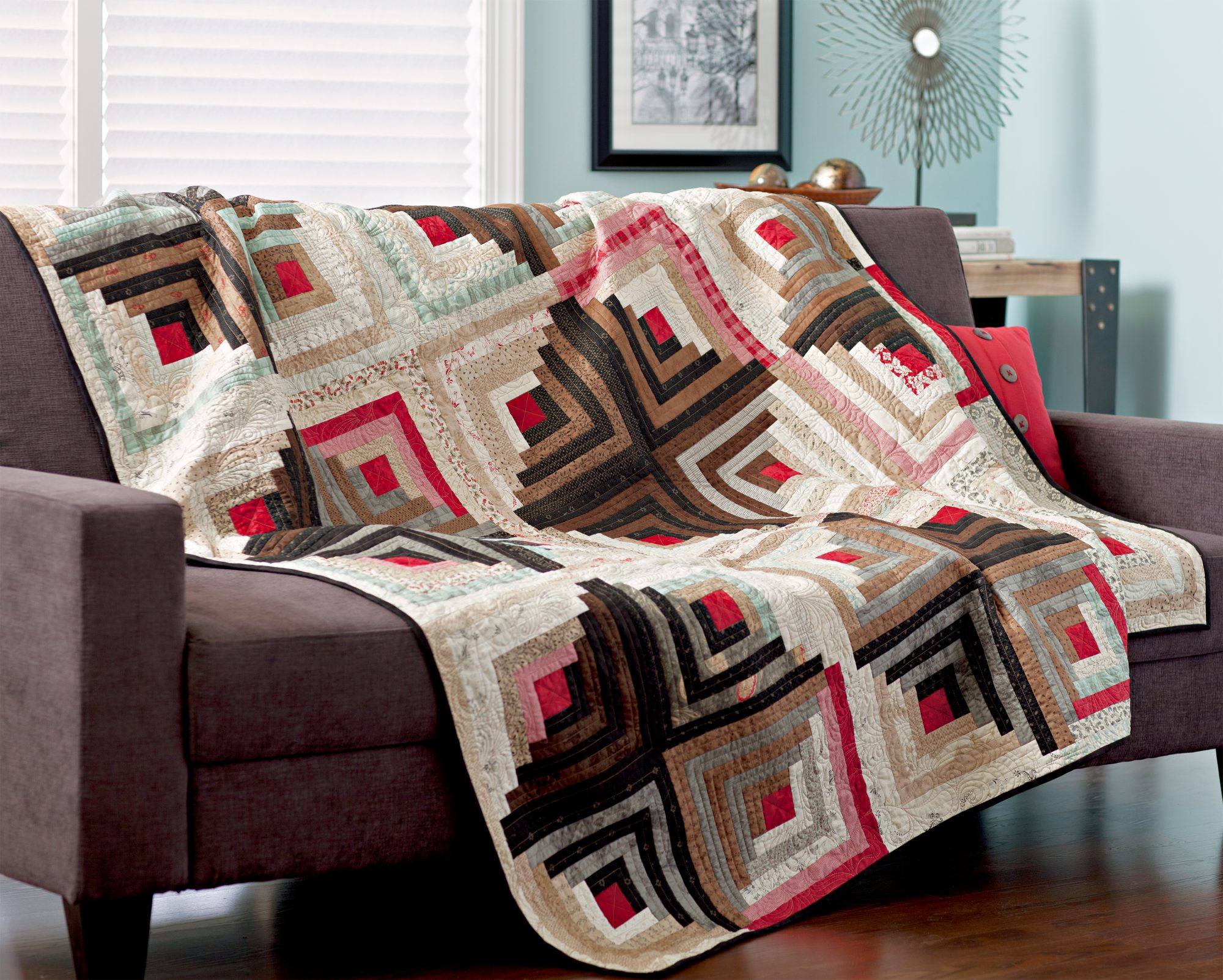
Log Cabin quilting is a traditional style of quilting dating back to the mid-1800s. It was created by settlers in the United States who wanted to create a quilt that was both utilitarian and decorative. The log cabin quilt pattern is made up of logs of fabric arranged in a square, with a light and dark fabric for each side. The logs are arranged in a circular pattern, with the light fabric in the center and the dark fabric on the outside. This quilt pattern was popular with women of the time because it was both practical and decorative.
The log cabin quilt pattern is still popular today, and is used in many quilting projects. The pattern is versatile, and can be used in a variety of quilting projects, from bed quilts to wall hangings. The pattern can be modified to fit any size quilt, and the fabric used can be varied to create a unique design.
The log cabin quilt pattern is also used in various quilting techniques, such as paper piecing, applique, and quilting with traditional hand-stitching. The pattern is often used in combination with other quilt patterns, such as stars and stripes, to create unique designs. Many quilters also choose to use the log cabin quilt pattern in combination with other traditional quilting techniques, such as cross-stitch, embroidery, and hand-quilting.
The log cabin quilt pattern is also popular for its symbolism. The pattern is said to represent the safety and security of the home, and it is often used to symbolize the homecoming of a loved one. The pattern is also said to represent hard work and perseverance, qualities that are often associated with the log cabin lifestyle.
The log cabin quilt pattern is a versatile pattern that can be used in a variety of quilting projects. It is a classic pattern that has been used for centuries, and one that is still popular today. The pattern can be used in combination with other quilt patterns, making it an ideal choice for quilting projects of all sizes. When looking for a quilt pattern that will compliment a log cabin quilt, look no further than a traditional stars and stripes quilt pattern.
How the Log Cabin Quilt Pattern Works
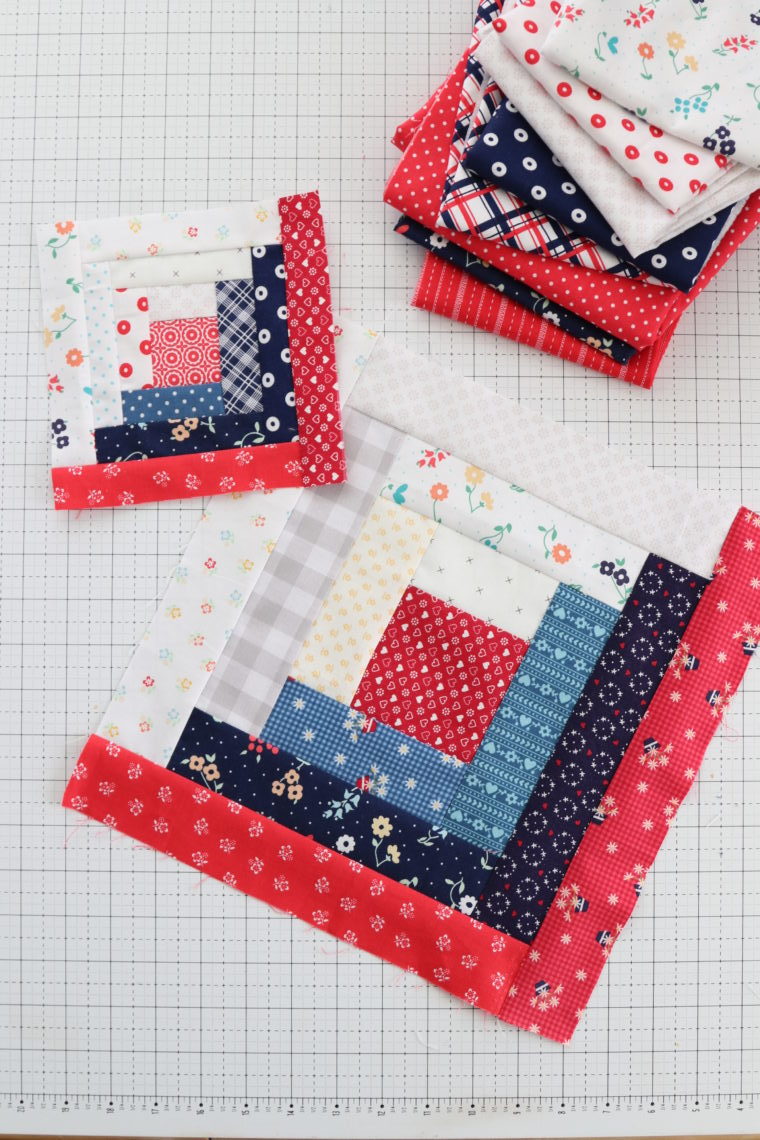
The Log Cabin quilt pattern is a traditional design that has been around since the 1800s. It is made up of strips of fabric that are sewn together to form a “log cabin” shape. Each strip is made up of two different colors, usually one light and one dark. The strips are then arranged in a square, with the light and dark colors alternating around the outside of the square.
The pattern can be used to create a variety of quilt designs, from a simple patchwork design to a more intricate pattern. To create a simple patchwork design, the strips are sewn together in a square, with the light and dark colors alternating around the outside of the square. The quilt is then trimmed to the desired size, and the edges are finished with binding.
| Step | Instructions |
|---|---|
| 1 | Cut the fabric into strips of equal width and length. The strips should be long enough to go around the outside of the quilt square. |
| 2 | Arrange the strips in a square, with the light and dark colors alternating around the outside of the square. |
| 3 | Sew the strips together, using a ¼ inch seam allowance. |
| 4 | Trim the quilt to the desired size, and finish the edges with binding. |
Once the squares are sewn together, they can be arranged in a variety of ways to create a unique quilt design. For example, the squares can be arranged in a straight line, a spiral, or a diagonal pattern. The quilt can also be embellished with appliquéd shapes or embroidery.
The Log Cabin quilt pattern is a classic design that is easy to make and can be used to create a variety of quilt designs. With a little creativity, the design can be customized to create a one-of-a-kind quilt.
Popular Variations of the Log Cabin Quilt Pattern
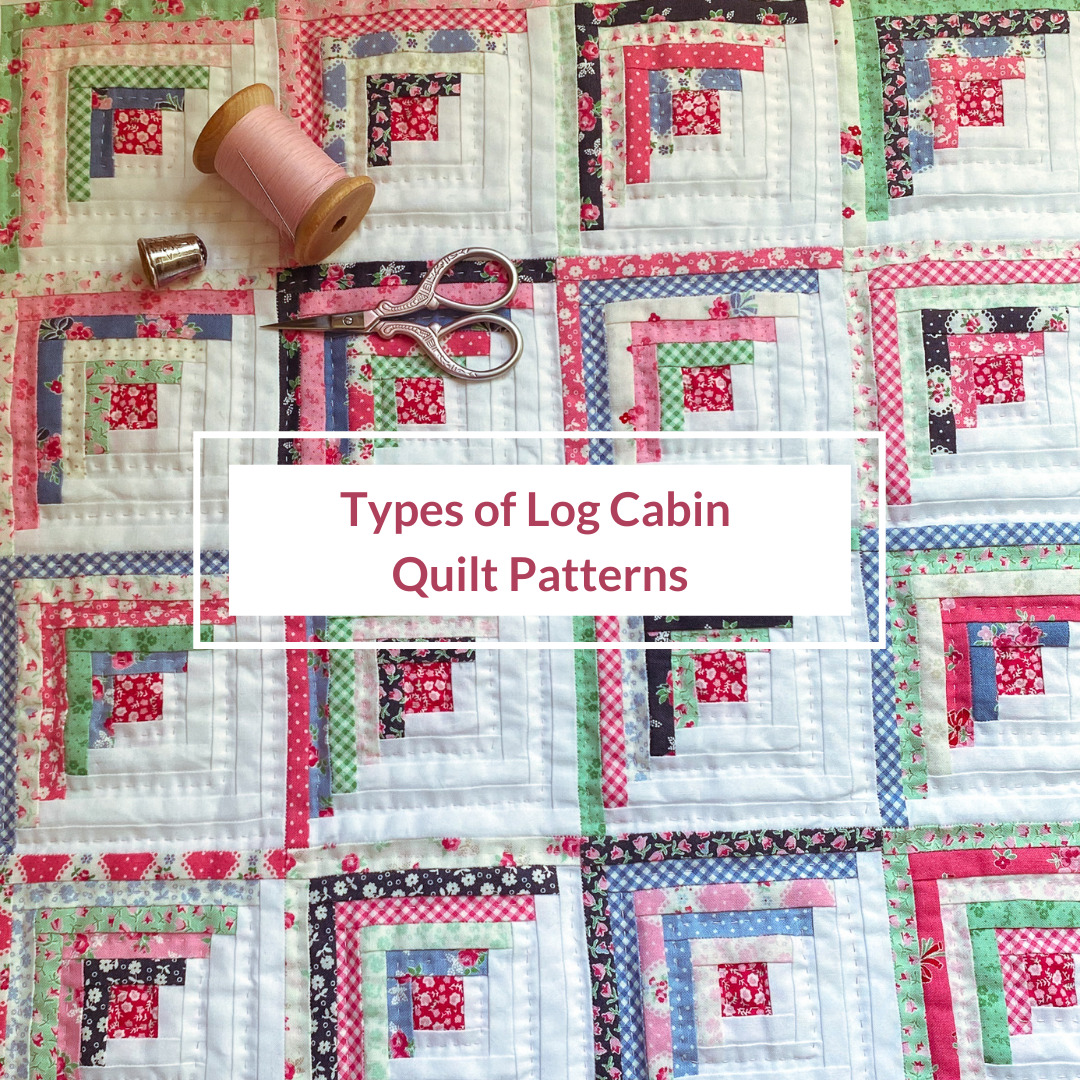
- Traditional Log Cabin: This classic log cabin pattern features logs and patches of fabric arranged in a symmetrical pattern around a central square.
- Courthouse Steps: Also known as a Stair-Step Log Cabin, this variation features a series of steps radiating from the center.
- Barn Raising Log Cabin: This variation features a series of logs that form a diamond pattern.
- Double Irish Chain: This variation is created with two sets of blocks, one set of light and one set of dark. The blocks are arranged in a checkerboard pattern.
- Rail Fence: This variation features strips of fabric arranged in a zigzag pattern.
- Pineapple Log Cabin: This variation features a series of logs arranged in a pineapple-like shape.
Advantages of Making Log Cabin Quilts
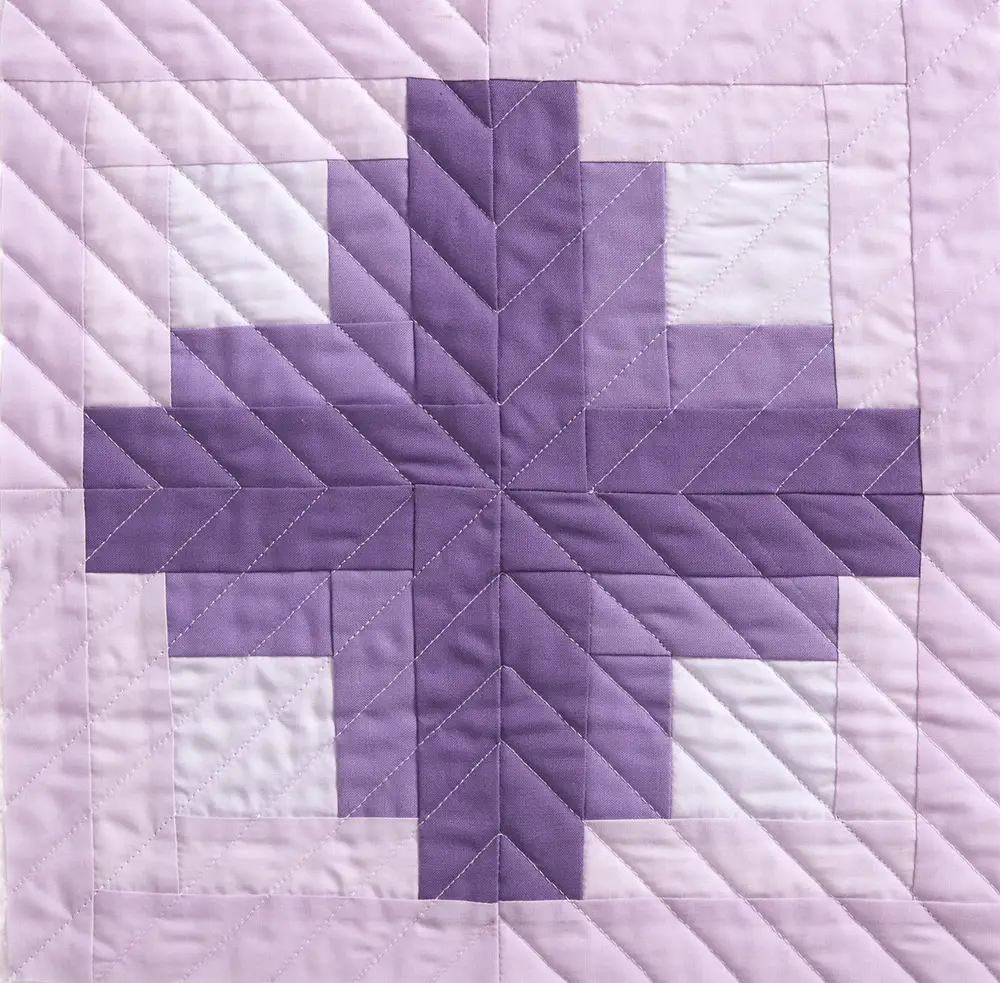
Flexibility: Log cabin quilts are one of the most versatile quilt designs, allowing you to mix and match fabrics, colors, and sizes to create a truly unique and personalized quilt.
Simple Construction: The log cabin design is one of the easiest quilts to construct, and is perfect for the beginning quilter.
Versatility: Log cabin quilts can be made in a variety of sizes, from bed quilts to wall hangings.
Symbolic Meaning: The log cabin design is traditionally associated with home and comfort, making it a meaningful and thoughtful gift.
Economical: Log cabin quilts are a great way to use up scraps of fabric and other supplies, making them an economical option for quilters on a budget.
Tips for Making Log Cabin Quilts
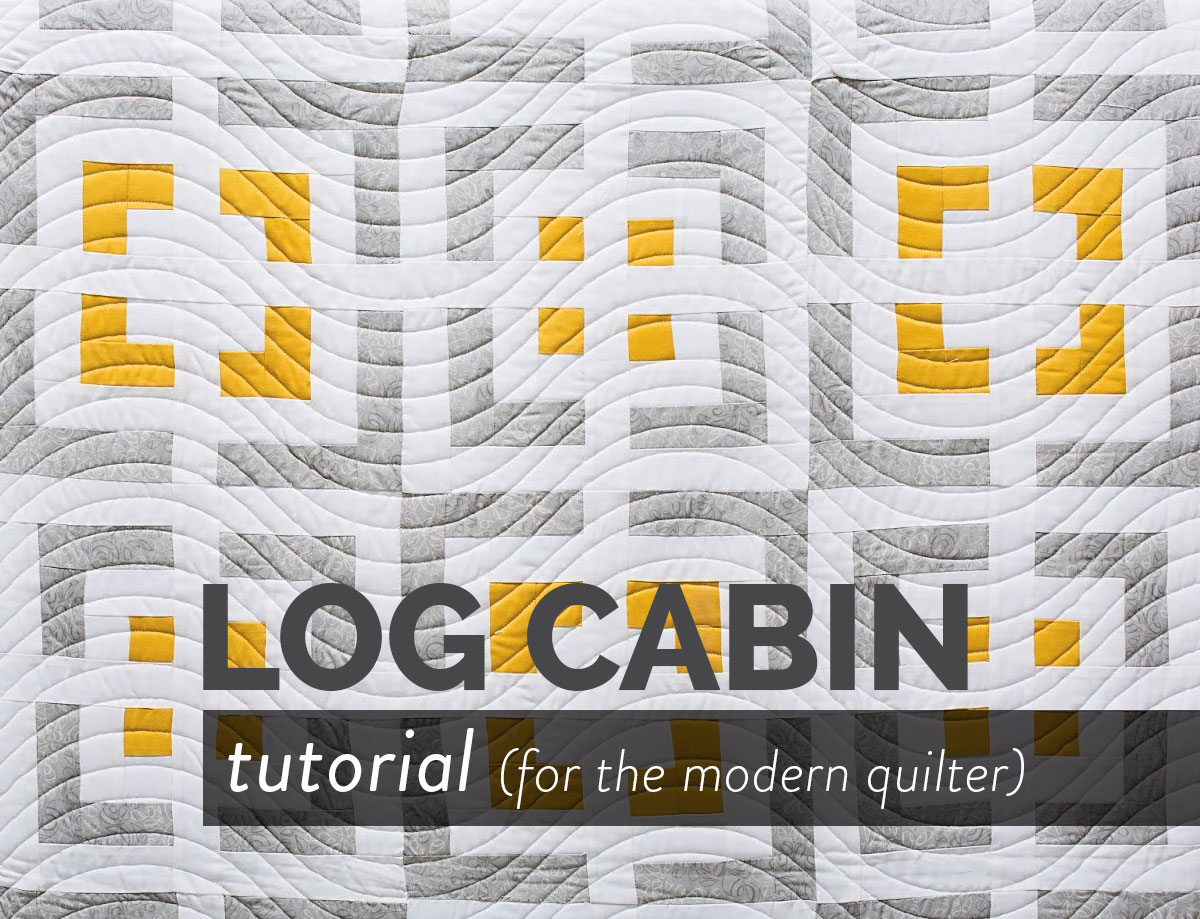
- Choose the right fabrics: Select fabrics that are appropriate to the season and the quilt’s intended use. Cotton and wool are the best fabrics for log cabin quilts.
- Plan the layout: Decide on the desired size of the quilt, the number and width of the log cabin blocks, and the desired pattern. Sketch out the layout on paper and make a list of the required fabrics.
- Cut and assemble the blocks: Cut the fabrics into strips of the desired width and length for the quilt blocks. Sew the strips together to make the log cabin block. Use a ¼-inch seam allowance.
- Assemble the quilt: Arrange the quilt blocks on a flat surface. Sew the blocks together using a ¼-inch seam allowance. Layer the quilt top, batting, and backing and then quilt it together.
- Bind the edges: Sew bias binding to the edges of the quilt to finish it off. Hand stitch the binding to the back of the quilt.
Color and Fabric Suggestions for Log Cabin Quilts
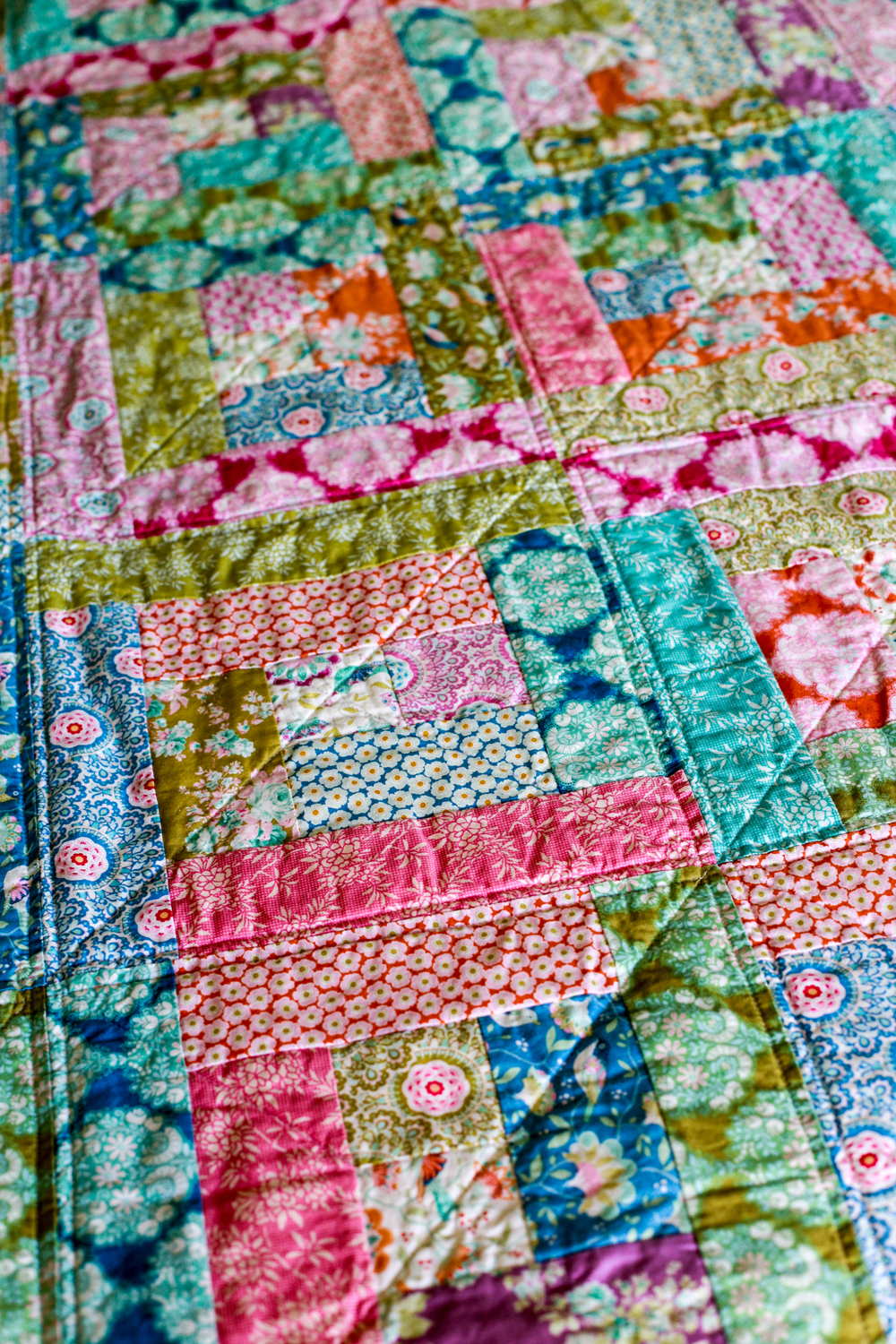
- Traditional Log Cabin Quilts – Use muted earth tones such as brown, tan, and yellow for the center block and bright colors such as red, blue, and green for the log strips.
- Modern Log Cabin Quilts – Use bold, bright colors to create a modern look. Try pairing different shades of the same hue or contrasting colors like black and white.
- Fabric Choices – Select a variety of fabrics such as cotton prints, solids, and batiks. Consider using a mix of textures and patterns.
Quilting Patterns to Pair with Log Cabin Quilts
- Traditional Log Cabin: This classic quilt block pattern looks best when paired with a simple quilting pattern that emphasizes the log cabin design. Try a “stitch in the ditch” quilting pattern, or stitch a winding border that follows the logs.
- Modern Log Cabin: Contemporary log cabin quilt patterns look great when paired with more intricate quilting patterns such as cross-hatching, spirals, waves, or feather patterns. These patterns will help to draw attention to the quilt’s modern design.
- Diagonal Log Cabin: Diagonal log cabin quilts look best with a quilting pattern that follows the angle of the quilt. Try a diagonal grid or a diagonal swirl pattern to create a balanced look.
- Mini Log Cabin: For mini log cabin quilts, a quilting pattern with a smaller footprint is best. Try using a small, repeating pattern such as stippling or pebbling to add texture to the quilt without overpowering the design.
Frequently Asked Questions
What type of materials are used to make a log cabin quilt?
A Log Cabin quilt requires a few basic materials to make:
- Fabric: Fabric is the most important material used in making a log cabin quilt. It can be either cotton or polyester and should be pre-washed to prevent shrinkage. Prints or solids may be used.
- Batting: Batting is the layer of material that goes between the front and back of the quilt. It is usually made of cotton, polyester, wool, or a combination of these materials.
- Thread: Thread is used to stitch the quilt together and can be either cotton or polyester.
- Backing: The backing of a log cabin quilt is usually a solid piece of fabric or one large piece pieced together from several smaller pieces.
- Needles: Needles are used to hand-sew the quilt together, or a sewing machine may be used for a quicker process.
The materials used to make a log cabin quilt can vary depending on the desired design and size. It is important to choose quality materials that will withstand frequent use and washing.
Is the Log Cabin Quilt Pattern a Difficult Pattern to Master?
The Log Cabin quilt pattern is generally considered to be an easy pattern to learn. It is constructed from strips of fabric arranged in a circular pattern, creating a distinctive shape with a strong sense of symmetry. The blocks are simple to piece together and the pattern can be easily adapted to create more complex designs. With practice and patience, the Log Cabin quilt pattern can be mastered.
How Long Has the Log Cabin Quilt Pattern Been Around?
The Log Cabin quilt pattern is believed to have originated in the early 19th century and is one of the oldest quilt designs still in use today. It has a rich history in the United States, especially in the Appalachian Mountains, where it was a popular pattern used by settlers. The pattern has been adapted and altered over time, but it remains one of the most iconic and recognizable quilt patterns in popular culture.
Are There Any Variations of the Log Cabin Quilt Pattern?
The traditional Log Cabin quilt pattern consists of a center square surrounded by rectangles of alternating light and dark fabrics. While the classic pattern is the most common, there are several variations. For example, some quilters choose to use strips of fabric instead of squares, creating a more curved appearance. Others opt to add a border around the center square, or to use a different color for the various rectangles. Some quilters even create asymmetrical Log Cabin blocks for a less-structured look.
What are some tips for successfully making a log cabin quilt?
- Choose the right fabric: When making a log cabin quilt, the most important thing is to choose the right fabric. Look for fabric that is lightweight and drapes nicely. Avoid fabrics that are too stiff or too thick, as they won’t provide the right texture for the quilt.
- Plan ahead: Before you start cutting and sewing, plan out the design of your quilt. This will help ensure that the finished product looks the way you want it to. You should also decide on the size of your quilt and the placement of the strips.
- Use the right tools: It’s important to have the right tools when you are making a quilt. You’ll need a rotary cutter, a cutting mat, and a ruler. You’ll also need a good quality sewing machine for the quilting process.
- Practice: Before you start on your quilt, practice sewing the strips together. This will help you get the hang of the technique and make sure the finished product looks great.
Conclusion
Log Cabin quilts are timeless works of art. They are a great way to show off your skills as a quilter, and to create something unique and beautiful. Whether you have been quilting for years or are just starting out, the Log Cabin quilt pattern is sure to bring beauty and enjoyment to your quilting projects.






